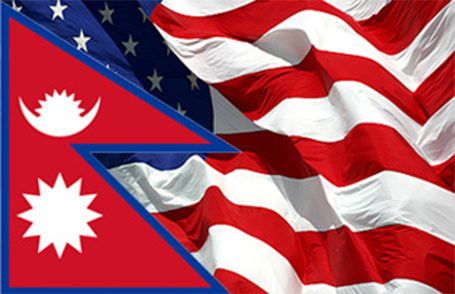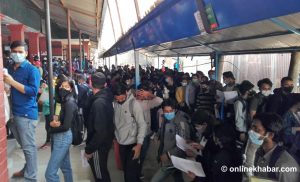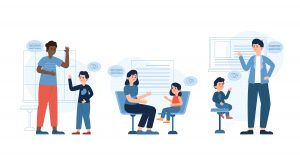I had the privilege to teach chemistry at a private college in Nepal for two years and then in the USA, I have been teaching for almost three years to undergraduate students in the States. Each of these education systems has its own strengths and weaknesses.
There are many differences between the US education system and the Nepali education system. Of these differences, three aspects are most important.
- In Nepal, the poor have fewer education opportunities than the rich. This is in contrast to the United States, where even the poor can get a good education from a good school.
- The United States has the best technology to help students in their courses.
- In the US, there exists a huge difference related to job placement and career opportunities.
My experience
Before talking about the education systems in both countries, let me tell my experiences. I started teaching chemistry to high school students (10+2) in Nepal after completing my master’s. The classes used to be quite decent (around 35 to 40 students) although the public schools in the same grade would have a higher number of students in a class. In Nepal, the students demand notes in the class. So, most of the time is elapsed in writing the notes.
First, I used to describe the topic with examples on the whiteboard for 15 minutes (say) and then ask students to begin writing. Students would keep on writing as I used to continue speaking about the topic. The school used to give the responsibility of teaching a few chapters instead of the whole course. This is something I did not like. The department chair used to prepare the schedule and divide the teaching loads among the teachers.
In the Nepali education system, the exams were conducted for all subjects during a specific period. The teaching faculty used to be asked to submit the list of questions from the topic that they taught, and the department chair used to finalise which questions are to be included in the question paper.
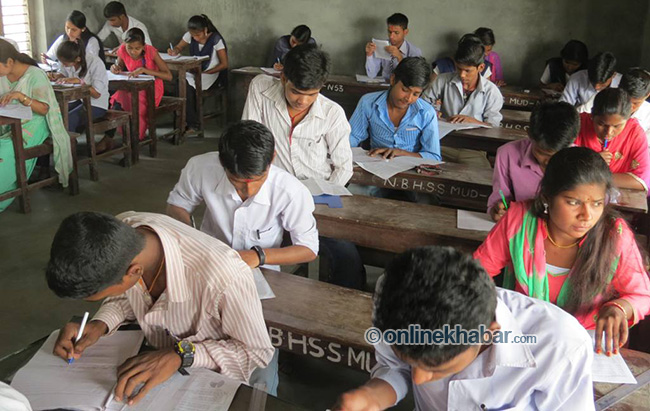
In the US education system, faculties are given a full course to teach. The faculties prepare their own syllabus and decide the exam dates at their own discretion. After my PhD and short postdoc training, I started teaching at a university. I use PowerPoint as well as some other technological tools. The faculty and students are provided access to online courses management systems like Blackboard and Canvas.
These tools enhance the teaching power and the students’ learning experience, saving more time and effort, and allowing greater focus on other priorities. Further, students always know where they stand in their course because the Gradebook on Canvas or Blackboard is always available.
The technological tools that I mentioned come with a certain cost and certainly the students in Nepal cannot afford to. This might affect their learning ability.
Major differents
Nevertheless, in my experience, I have found many students in Nepal sincere and polite with their teachers. In the USA, the students are given more privileges so they are not afraid to speak with their teachers. I always like to treat the students as friends. The American students are little forward in his matter.
The position of the teacher in terms of social status differs massively between the countries. The teacher is given a lot of respect for the profession by the people in Nepal although it is declining in recent years. This is mainly due to the rich cultural heritage that has revered the teachers as ‘guru’. It is different in US society. The American students especially in higher education call their teacher or principal investigators (PI) by their first name. In Nepal, we never imagine calling a teacher with his or her first name!
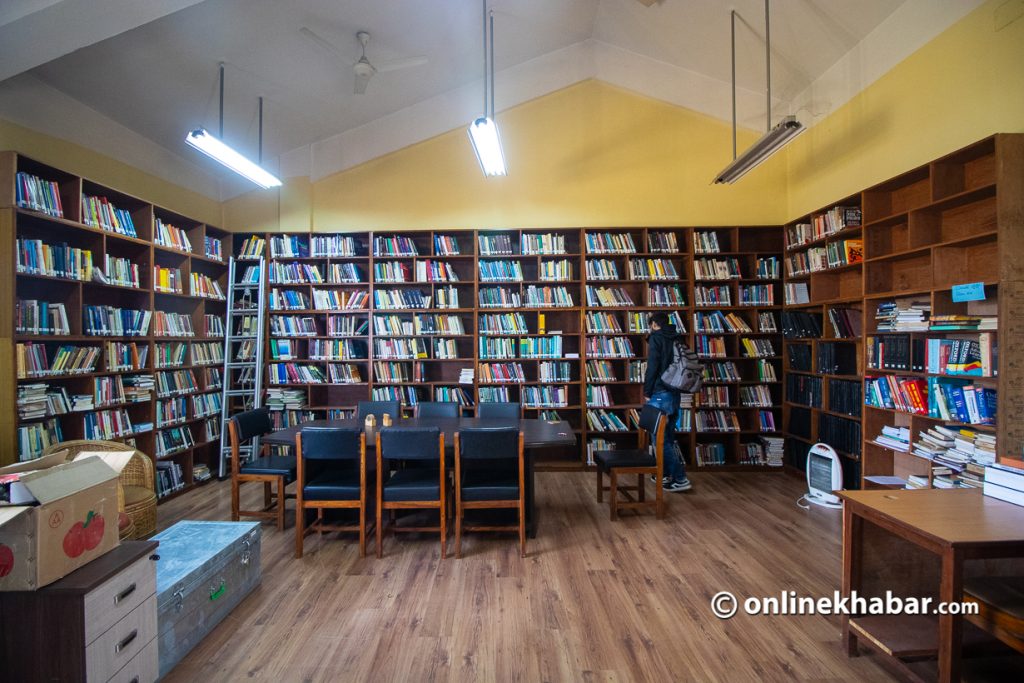
In the US education system, the rich and the poor have equal opportunities to be educated. They receive many benefits, for example, computers, libraries, transportation, etc. On the other hand, in Nepal, only the rich students get higher education; poor parents cannot afford their children. Rich parents’ children receive many benefits and higher education than the poor do.
In the United States, the poor student gets more federal aid from the government and honour students get more scholarships from their schools. In Nepal, there is no such thing as called scholarship for poor students although circumstances are being changed because of governmental initiations.
In the United States, there are billions of resources for students to learn through computers. Students have easy methods to submit their work through computers, teachers and students both save lots of time. On the other hand, in the Nepali education system, we only have books to learn. We do not have social media and other resources in use but some changes have been seen after the Covid-19 pandemic.
Another important aspect is the evaluation of teachers and courses. In the Nepali education system, especially in higher education, the professors are not evaluated at all. Once they are recruited, their job gets secured for decades. I have experienced some teachers who used their 15-year-old notebook and never thought of improving their style of teaching.
Private college teachers are evaluated while they are being appointed. After that, they never get evaluated by the students. Ensuring teachers’ quality with a robust, fair, research-based, and well-implemented in the US education system so that it can strengthen the workforce and improve the quality of education. There, the teachers are evaluated by their students every semester. This compels the teachers to improve themselves.
In Nepal, examinations basically examine the memorising power of students and focus less on critical thinking. Even in lower classes, there are formal exams. The exam period turns very stressful for students as well as parents. The exam dates are declared well ahead of time and all other activities in the school get planned around it. During the exam season, parents usually cancel all other activities and focus only on creating a study environment for children.
In most cases, the kids who can memorise the study material can score higher marks in Nepal. The ability to think and be creative are mostly not given the recognition it deserves.
Creative students score higher in the USA. In lower grades, exams are usually a part of normal teaching and kids do not usually sit and read for days before they take a test. This is different in higher classes where students prepare for tests earlier, though not so stressful.

The Nepali education system places a lot of emphasis on rote learning material. Students focus on absorbing as much knowledge as they can. Consequently, students do well in quantitative subjects. However, knowledge is treated as facts and immutable truths rather than ideas to be assessed critically.
The American education system swings in the opposite direction with a greater emphasis on soft skills and creating a competitive individual with broader cross-subject knowledge. In Nepal, how well we perform in the midterm or final exam decides our grades. Assignments, quizzes, daily classwork/homework etc do not hold much weight in relation to final grades unlike in the USA though the situation is changing a lot now.
Conclusion
Overall, the education system in Nepal is more about memorising study materials, giving utmost respect to teachers and scoring in final exams. Academic excellence achieves more preference than sports or another overall achievement though, with recent modifications, situations are definitely changing. But, the overall education system in the USA is about learning, preparing children to explore and understand concepts, learning the concept not only through books but by actually learning through practicals. It is not about stressing kids for written exams, not solely about academic competitiveness, about learning in small numbers and more about the day-to-day practical evaluation of the child.
There are some similarities between Nepali and US education systems. Both have well-qualified teachers; both have imparted quality education based on modern science and technology. Both, have the concepts of private and public schools, properly tailored curriculum as per regular standards and aim in upbringing qualified professionals for the society.
I personally feel that there are some areas for improvement. In Nepal, there is rigidity where the student has to study all the subjects on a school day. There is no chance to skip these subjects. Extracurricular activities and physical education are not given much priority in Nepal. But, now, in the higher education system, students should be introduced to the research. The government should allocate sufficient funds to run the labs by the faculty members.



